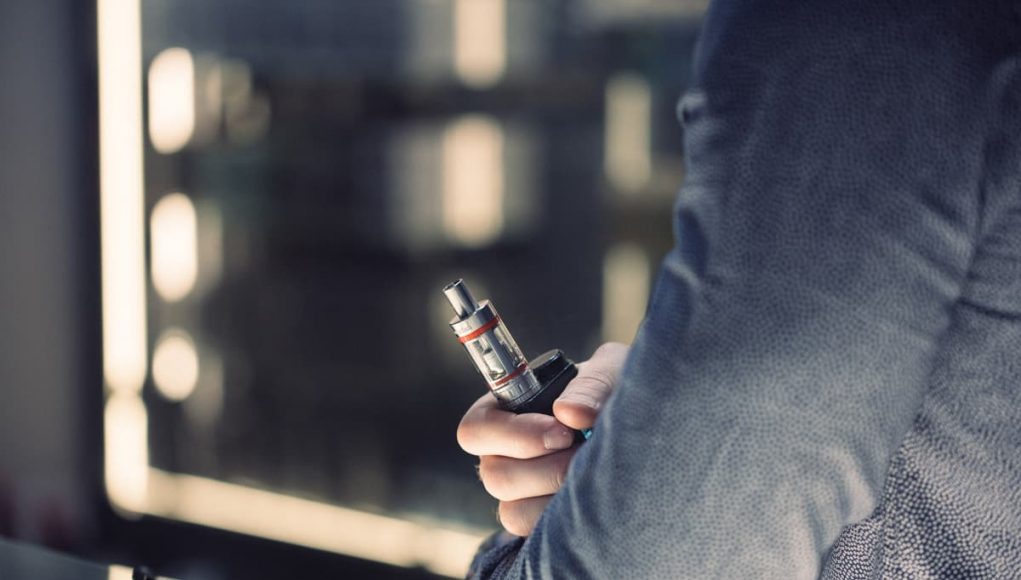To this effect, data gathered from 19 experienced e-cigarette users who switched between 18 and 6 mg/ml e-liquids with and without power adjustments. “Switching from a higher to a lower nicotine concentration was associated with greater exposure regardless of whether power settings were fixed or adjustable which is likely due to increased liquid consumption under lower nicotine concentration settings. Daily exposure for formaldehyde and acetaldehyde was higher for 17/19 participants when using low (6 mg/mL) compared with high (18 mg/mL) nicotine e-liquid concentration when power was fixed,” read the study Abstract.
The EU TPD Nicotine Cap
Earlier research and arguments by public health experts had echoed these findings. Referring to the nicotine cap enforced by the EU TPD, in 2018 leading nicotine researcher Dr Lynne Dawkins from the Centre for Addictive Behaviours Research, said that data she had personally compiled, had indicated that vapers compensate for lower-nicotine concentration liquids by vaping more.
“There is no rationale for that cap – it seems arbitrary to me. There’s no evidence for increased harms of nicotine for levels above 20mg/ml. In light of research by our group, if you reduce the strength you compensate – that’s costly financially, and comes with a health cost,” said Dawkins at the time.












